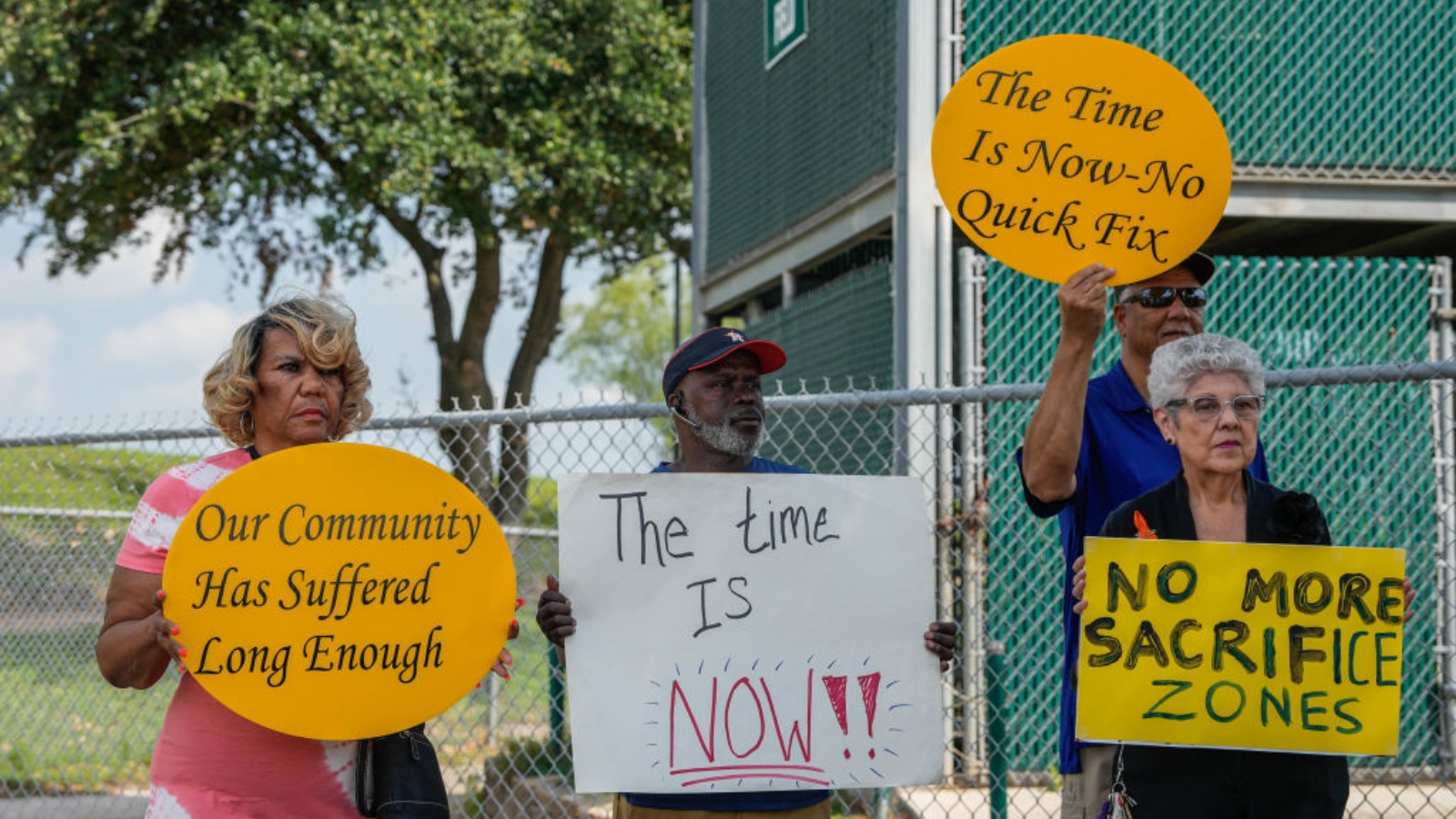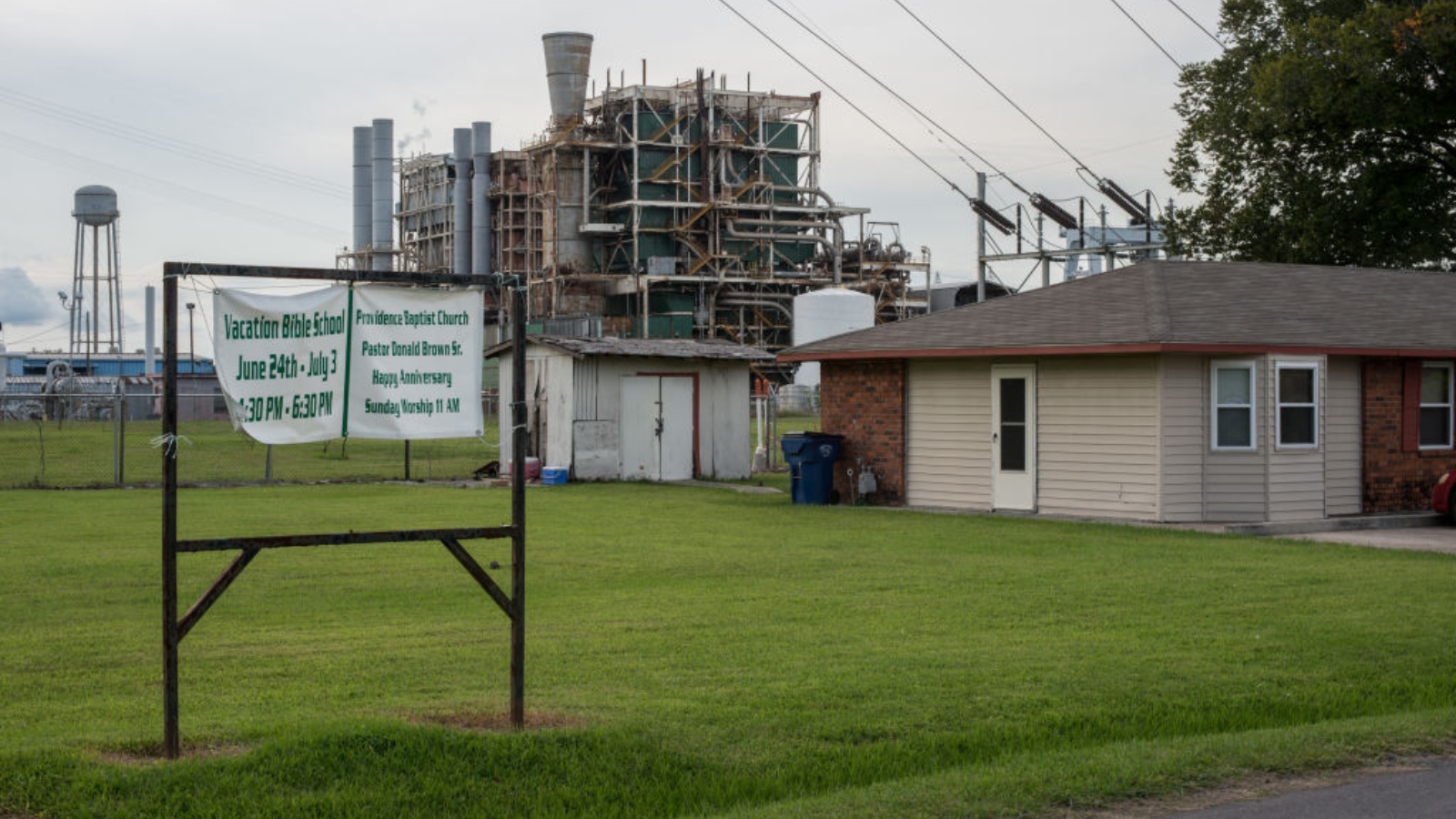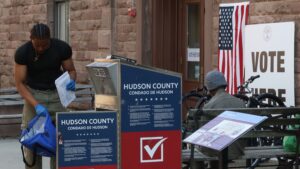
In 1979, a woman named Margaret Bean decided to challenge the Texas state government’s decision to grant a permit for a new landfill in her neighborhood on the outskirts of Houston. The area was 70 percent non-white, and Bean and her fellow residents claimed the permit fell into a pattern of setting up landfills in the city’s minority communities, violating their rights under the Constitution’s equal protection clause.
It was the first major environmental justice case brought in federal court, and it did not turn out in Bean’s favor. Neither did subsequent cases of a similar nature in Macon County, Georgia or Richmond, Virginia.
In all of these lawsuits, the plaintiffs’ lawyers have had trouble proving that regulators’ consent decisions were discriminatory. They were limited by a Supreme Court ruling several years earlier, which said proof of discriminatory intent was required to establish a violation of constitutional protections against race-based discrimination.
Faced with the limitations of combating the pollution in their environment by the Constitution, environmental advocates began to try a different approach in the late 1990s.
While the Equal Protection Clause required a demonstration of discriminatory intent, the Environmental Protection Agency’s regulations under Title VI of the 1964 Civil Rights Act state that a regulatory decision may be deemed discriminatory based on the effect it has on a specific group. This “disparate impact clause” quickly became the holy grail for the environmental justice movement.
But communities and legal advocates also soon found a problem with this approach. Rather than review the civil rights complaints it received, the EPA let them languish without resolution. It was as if the agency had Title VI regulations in place but was uninterested in actually enforcing them—a situation that lasted for decades.
To force the agency to change this negligent practice, community groups across the country sued the EPA in 2015. A federal judge decided in their favor in 2020and the agency eventually began investigating the Title VI complaints that came across its desk. It opened investigations in “Cancer Alley,” Louisiana and Chicago, Illinois.
Soon after the EPA began opening civil rights investigations, the agency faced vigorous pushback from conservative state governments accustomed to having full control over the permitting processes in their jurisdictions. In the midst of negotiations to resolve two Title VI complaints in “Cancer Alley,” then-Attorney General and now Louisiana Governor Jeff Landry sued the EPA and the Department of Justice in the spring of 2023, arguing that the federal regulators acted beyond their authority.
Then, about a year later, a group of 23 Republican attorneys general sent the EPA a petition calls for the agency to suspend its use of Title VI to regulate pollution. The EPA’s efforts to promote environmental justice amounted to “racial engineering,” they argued, and represented an over-extension of its authorities. (The agency still hasn’t responded to the letter, which it can choose to reject outright or accept a process to change its own regulations.) Last month, a federal judge decided in Landry’s favoreffectively barring the EPA from enforcing Title VI in Louisiana.
Faced with these successive attacks against the EPA’s Title VI regulations, residents and advocates filed a counter letter to the EPA earlier this month. “At a time when we should be celebrating the 60th anniversary of the Civil Rights Act of 1964, we instead face a new wave of threats to its core goals of equal protection for all people,” the letter began. The 37-page document includes a series of case studies from around the country — some in which the EPA has effectively used Title VI to fight unjust industrial expansion and others in which the agency’s failure to enforce its own civil rights regulations amounts to ‘ a “missed opportunity” to better people’s lives.
One example describes the fight against a scrap metal shredder that was moved from an affluent white neighborhood to a majority Black and Latino area in Chicago. After residents formed a task force and filed a Title VI complaint against the Illinois EPA in 2020, the city itself denied the company its operating permit, and the state agreed to overhaul its industrial permit process to account for vulnerable communities which already has numerous sources to contend with. of pollution. In another case, residents and advocates deployed a Title VI argument to fight a 49-mile crude oil pipeline planned to run through predominantly black neighborhoods in Memphis, Tennessee. Shortly after filing their complaint in 2021, the pipeline company announced it was pulling the plug on its project.
Despite these victories, the signatories wrote, the EPA has bowed to pressure from certain conservative state governments and dropped the ball on several Title VI cases. In 2022, for example, community groups in Houston, Texas, filed two separate civil rights complaints about the excessive permitting of concrete plants in their neighborhoods. The EPA accepted the complaints and began investigations, but in October 2023 the Texas Commission on Environmental Quality, or TCEQ, withdrew from negotiations, challenging the EPA’s authority to enforce its own Title VI regulations and the pending litigation by Louisiana cited against the EPA. In response to the Texas Commission’s refusal to engage in the complaint process, the EPA could have issued a violation for noncompliance with federal regulations. “Instead,” the letter states, “the EPA has allowed TCEQ to unilaterally withdraw from the negotiations and has yet to provide the community with any relief under Title VI.”
It’s not just communities and legal advocates pushing back against the Republican attorney general’s petition. On September 5, a group of Democratic attorneys general from 16 states led by Letitia James of New York sent EPA Administrator Michael Regan a letter of their ownurging the agency to keep the Title VI review process alive. The document includes descriptions of how early 20th-century discriminatory zoning and realignment policies led neighborhoods of color to experience long-term adverse health effects from unfettered industrial expansion, and how the OGs’ respective state governments tried to combat those legacies of racism that persist . until today.
“EPA’s regulations prohibiting recipients of federal funding from engaging in policies and practices that have a discriminatory effect provide an important tool for addressing these disparities, and a critical complement to related state and local efforts, ” they wrote.
Sheila Foster, an environmental law professor at Columbia University and a signatory to the advocates’ letter, told Grist over a phone call that Title VI accounts for what traditional environmental law cannot. While state and federal regulators typically evaluate a community’s exposure to pollutants by examining facilities or chemicals in isolation, civil rights law considers the “synergistic effect” of all the environmental hazards in a community.
While the Biden EPA has dropped the ball on a number of civil rights complaints, Foster said, it is clear that a Trump administration will only facilitate and accelerate the continued assault on Title VI, given the extensive regulatory reversals that took place during Trump’s presidency.
At the heart of every Title VI case, she said, is the fact that “communities are not protected under environmental laws and by environmental agencies because of the narrow way in which harm is measured and in which environmental standards are created.”





